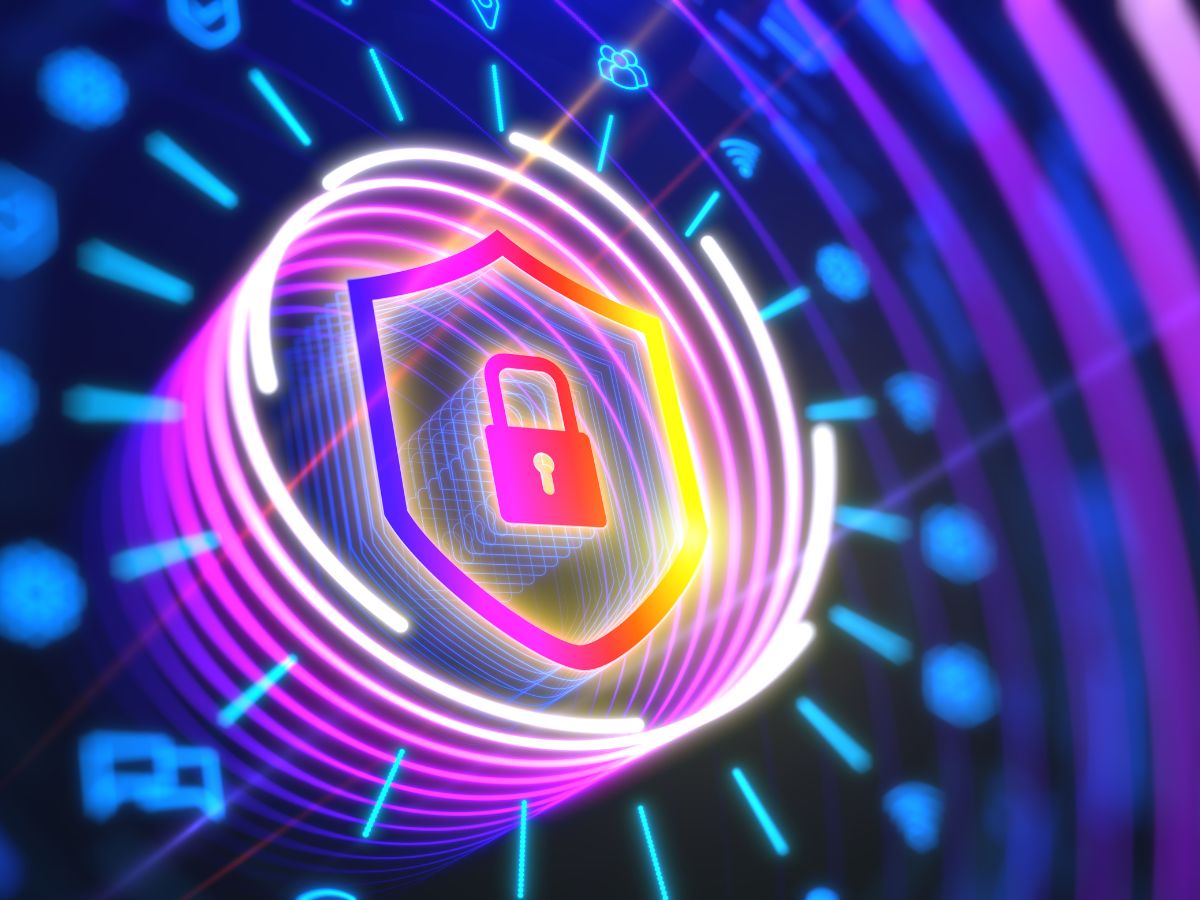Cybersecurity Threats in Today's Digital World
The digital landscape of today demands heightened vigilance and robust defenses to counter these growing threats.

The rapid growth of technology has brought immense benefits to society, but it has also opened up new avenues for cybercriminals. Cybersecurity threats are becoming increasingly sophisticated, targeting individuals, corporations, and governments alike. The digital landscape of today demands heightened vigilance and robust defenses to counter these growing threats.
Key Cybersecurity Threats Today
-
Ransomware Attacks Ransomware attacks have surged in recent years, with cybercriminals encrypting a victim's data and demanding a ransom in exchange for the decryption key. These attacks have affected organizations of all sizes, from small businesses to large corporations and even government agencies. Ransomware groups are becoming more organized and are now engaging in double extortion, where they threaten to release stolen data publicly if the ransom is not paid.
-
Phishing Scams Phishing remains one of the most prevalent cybersecurity threats, with attackers using fraudulent emails, messages, or websites to trick individuals into revealing sensitive information. Phishing attacks have become more sophisticated, often imitating legitimate organizations to gain the trust of unsuspecting victims. Advanced phishing techniques, such as spear-phishing (targeting specific individuals) and business email compromise (BEC), are causing significant financial losses.
-
Supply Chain Attacks Cybercriminals are increasingly targeting third-party vendors or suppliers in order to infiltrate larger organizations. By compromising a vendor with weaker security, attackers can gain access to the networks of their clients. These supply chain attacks can be particularly dangerous, as they often go undetected for long periods and can affect a wide range of industries.
-
Malware and Advanced Persistent Threats (APTs) Malware continues to be a major threat to organizations and individuals alike. Cybercriminals use various types of malware, such as trojans, spyware, and worms, to steal data, disrupt operations, or gain unauthorized access to systems. Advanced Persistent Threats (APTs), a more targeted and sustained form of attack, are often orchestrated by state-sponsored groups, seeking to infiltrate critical infrastructure or steal sensitive information over an extended period.
-
Insider Threats Not all cyber threats come from external sources. Insider threats, where employees or contractors misuse their access to an organization’s network, are becoming a significant concern. Whether intentional or accidental, these threats can lead to data breaches, financial loss, or disruption of services.
-
Distributed Denial of Service (DDoS) Attacks DDoS attacks are a form of cyberattack where multiple systems overwhelm a target with a flood of internet traffic, causing disruption or shutting down services entirely. These attacks are often politically motivated or used as a distraction for other forms of cybercrime, such as data breaches.
Recent Case Studies in Cybersecurity
-
Colonial Pipeline Ransomware Attack (2021) In May 2021, Colonial Pipeline, a major U.S. fuel pipeline operator, was hit by a ransomware attack orchestrated by the DarkSide ransomware group. The attack forced the company to shut down its operations, leading to fuel shortages across the East Coast of the United States. Colonial Pipeline eventually paid a $4.4 million ransom to regain control of its systems, though a significant portion of the ransom was later recovered by U.S. law enforcement. This incident highlighted the vulnerability of critical infrastructure to cyberattacks and led to increased efforts to improve cybersecurity in the energy sector.
-
SolarWinds Supply Chain Attack (2020) The SolarWinds cyberattack, discovered in December 2020, was a major supply chain attack that compromised several U.S. government agencies and private organizations. The attackers, believed to be a state-sponsored group, inserted malicious code into SolarWinds' Orion software, which was widely used by many organizations. The breach allowed the attackers to gain unauthorized access to sensitive data and networks for several months before being detected. This attack underscored the importance of securing the software supply chain and led to widespread calls for improved cybersecurity practices.
-
JBS Foods Ransomware Attack (2021) In June 2021, JBS Foods, the world’s largest meat processing company, was targeted by a ransomware attack that forced the shutdown of several plants in the U.S., Canada, and Australia. The attack, attributed to the REvil ransomware group, disrupted global meat supply chains and prompted concerns about food security. JBS eventually paid an $11 million ransom to prevent further disruption, emphasizing the growing threat of ransomware to critical industries.
-
Microsoft Exchange Server Vulnerabilities (2021) In early 2021, Microsoft discovered multiple vulnerabilities in its Exchange Server software that were being exploited by a state-sponsored group known as Hafnium. These vulnerabilities allowed attackers to gain unauthorized access to email accounts and deploy malware on affected systems. The breach affected tens of thousands of organizations worldwide and prompted widespread patching efforts. The incident highlighted the importance of timely software updates and the risks posed by unpatched vulnerabilities.
Conclusion
Cybersecurity threats are evolving rapidly, and organizations must remain vigilant in the face of these challenges. The recent high-profile attacks demonstrate the devastating impact that cybercrime can have on critical infrastructure, supply chains, and businesses. To protect against these threats, organizations must invest in comprehensive cybersecurity measures, employee training, and regular audits of their systems. As the digital landscape continues to expand, cybersecurity will remain a critical concern for all sectors of society.
Read Also : BEL participates in International Defence Aviation ExpositionNews Must Read
- DVC enters into financial collaboration with State Bank of India
- IREDA Signs MoU with SJVN and GMR for 900 MW Hydropower Project in Nepal
- IREDA Signs MoU with SJVN and GMR fo Hydro Project in Nepal
- SJVN CMD visited 1320 MW Buxar Thermal Power Project
- Petroleum Minister Hardeep S Puri Highlights India’s Bioenergy Progress
- NBCC bags orders worth Rs. 182.50 Crore
- OMCs increases price of 19 kg commercial LPG cylinder by Rs 39
- HUDCO Issues Record Date For Dividend, Shares Rise 118% YTD
- NTPC Bongaigaon to Support TB Eradication Efforts; Partners with District Administration, Kokrajhar
- Solar Energy Corporation of India Ltd (SECI) attains Navratna Status